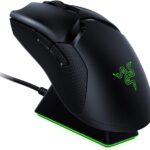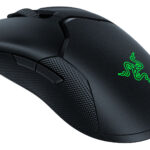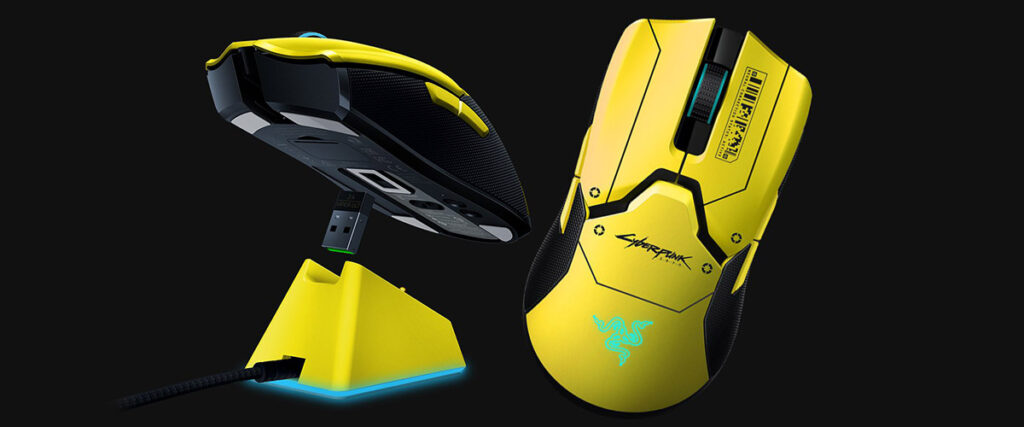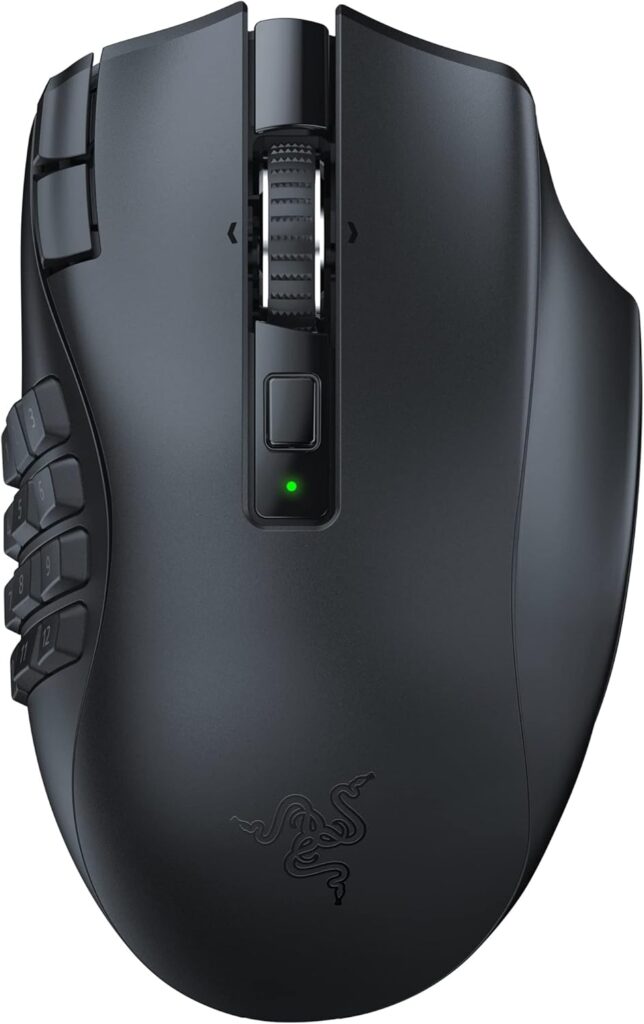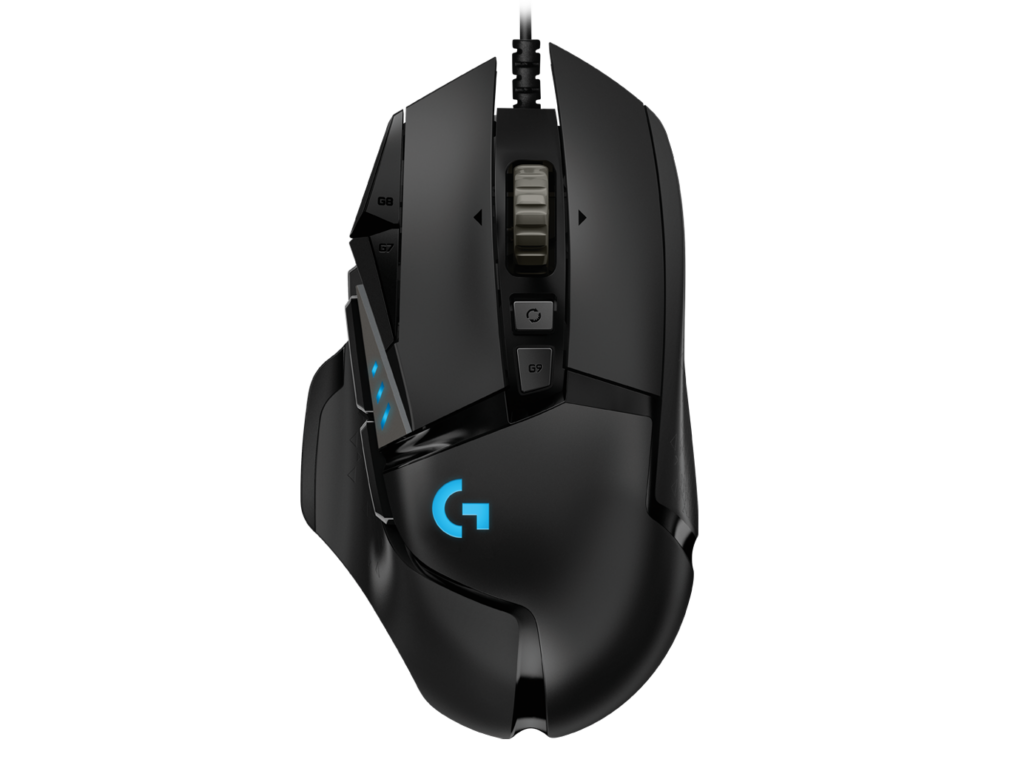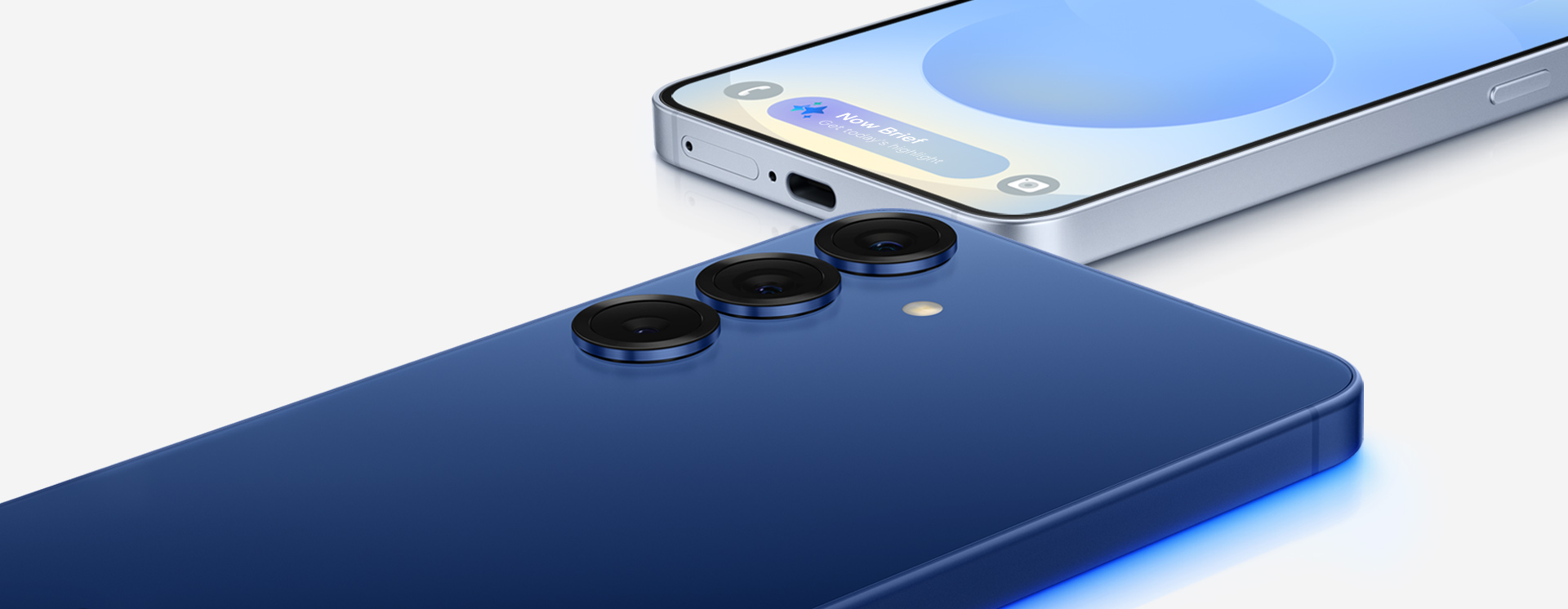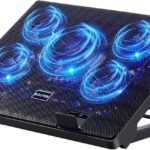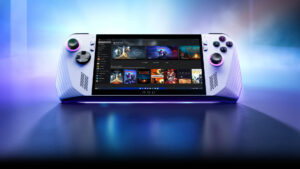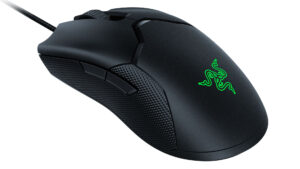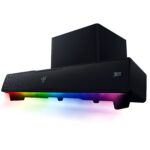The Razer Viper is a popular gaming mouse series designed with a focus on esports and competitive gaming, offering a range of models with distinct features tailored to performance, precision, and comfort. Below is a review-style overview of the key features across notable Razer Viper models, including the original Razer Viper, Viper Ultimate, Viper V2 Pro, and Viper V3 Pro, based on their design evolution and capabilities as of April 6, 2025.
Key Features Across Razer Viper Models
Lightweight Design
Original Razer Viper: Weighing just 69 grams, it was Razer’s lightest wired mouse at launch in 2019, appealing to gamers who prioritize swift movements without the bulk. Its compact, low-profile shape suits claw and fingertip grips, though it may feel small for palm grip users with larger hands.
Viper Ultimate: A wireless version at 74 grams, only slightly heavier than the wired original, maintaining a lightweight feel with excellent balance. It’s a standout for wireless esports mice.
Viper V2 Pro: Drops to an ultra-light 58 grams, shedding features like RGB lighting and right-side buttons to prioritize weight reduction, making it ideal for fast-paced FPS gaming.
Viper V3 Pro: Further refined at 54 grams (White Edition), it’s among the lightest wireless mice available, designed with pro input for effortless flicks and precision.
The lightweight trend across the Viper series caters to competitive gamers who value agility over extra features, though it sacrifices some versatility for casual use.
Ambidextrous Shape
The Viper series features a symmetrical, low-profile design, making it accessible for both right- and left-handed users. The original Viper and Viper Ultimate include two side buttons on each side, enhancing ambidexterity. However, the V2 Pro removes right-side buttons, favoring right-handed claw or fingertip grip users, while the V3 Pro sticks to this streamlined approach. This shape excels for medium to large hands but may feel less ergonomic for palm grip enthusiasts compared to Razer’s DeathAdder line.
Optical Mouse Switches
Introduced with the original Viper, Razer’s optical switches use infrared light to register clicks, eliminating debounce delay found in mechanical switches. This results in a claimed actuation speed up to three times faster (around 0.2 milliseconds) and durability rated at 70 million clicks (up to 90 million in the V2 Pro and V3 Pro with Gen-3 switches). The switches deliver a crisp, responsive feel, though the real-world difference in speed is subtle for most players. They shine in durability and consistency, critical for intense gaming sessions.
Sensor Performance
Original Viper: Equipped with a 16,000 DPI 5G optical sensor (PixArt PMW3389), offering flawless tracking with no jitter or acceleration—solid for its time.
Viper Ultimate: Upgrades to a 20,000 DPI Focus+ sensor with 99.6% resolution accuracy and smart tracking features, enhancing precision across surfaces.
Viper V2 Pro: Features the Focus Pro 30K sensor, pushing DPI to 30,000 with improved consistency and adjustable lift-off distance, competing with top-tier rivals like Logitech’s G Pro series.
Viper V3 Pro: Uses a refined Focus Pro 35K sensor (Gen-2), supporting up to 35,000 DPI, 8,000 Hz polling rate, and granular calibration options (e.g., single DPI increments). It’s tailored for pros needing pixel-perfect accuracy.
The sensor evolution reflects Razer’s push for cutting-edge performance, though beyond 16,000 DPI, benefits are niche and most noticeable in high-refresh-rate setups (e.g., 144Hz+ monitors).
Speedflex Cable (Wired Models)
The original Viper introduced the Speedflex cable—a flexible, low-drag braided cable that minimizes resistance compared to standard cables. It’s a standout feature for wired users, reducing the tethered feel, though later models like the Viper 8K saw slight stiffness increases to support higher polling rates (8,000 Hz). Wireless models ditch this entirely, relying on HyperSpeed technology.
HyperSpeed Wireless (Wireless Models)
Starting with the Viper Ultimate, Razer’s HyperSpeed wireless tech offers a 2.4 GHz connection touted as 25% faster than competing wireless solutions, with low latency rivaling wired mice. The V3 Pro pushes this further with an 8,000 Hz polling rate (via HyperPolling dongle), though this demands a robust CPU to avoid frame rate drops. Battery life impresses—up to 70 hours on the Ultimate and 80 hours on the V2 Pro—while the V3 Pro balances high polling with efficiency.
Customization and Software
All Viper models integrate with Razer Synapse 3, allowing button remapping, DPI adjustments, and profile storage (up to 5 onboard for wireless models). The original Viper lacks onboard memory without Synapse, while later models improve portability with onboard profiles. The V3 Pro adds advanced sensor tuning, like asymmetric lift-off settings and motion sync, catering to pros. However, Synapse is Windows-only, limiting macOS compatibility.
Build and Comfort
Build quality is consistently high, with durable plastic and textured rubber grips (on early models) for control. The V2 Pro and V3 Pro ditch rubber grips for a smoother, soft-touch finish, which feels premium but may slip for sweaty hands. PTFE feet enhance glide, with the V3 Pro’s larger feet offering a noticeably smoother experience. The scroll wheel is tactile but lacks free-scrolling or tilt inputs, a minor drawback for versatility.
Additional Features
RGB Lighting: Present in the Ultimate (logo and dock) but absent in the V2 Pro and V3 Pro, reflecting a shift to performance over aesthetics.
Charging Dock: Included with the Ultimate for $149.99, it’s optional and enhances the wireless experience, but later models skip it to cut weight and cost.
Polling Rate: The Viper 8K hit 8,000 Hz (wired), while the V3 Pro brings this to wireless, though practical benefits taper off beyond 1,000 Hz for most users.

